According to the research has been published in Science Advances; a new analysis of plant microremains recovered from the surfaces of grinding stone tools from the archaeological site of Oc Eo in southern Vietnam has identified culinary spices that include turmeric, ginger, fingerroot, sand ginger, galangal, clove, nutmeg, and cinnamon. These spices are indispensable ingredients used in the making of curry in South Asia today.
The remnants of what’s believed to be Southeast Asia’s earliest curry – dating back around 2,000 years – have been found at a site in Vietnam, according to a new study from The Australian National University (ANU).
Analysis of micro-remains recovered from the surface of stone grinding tools at the Oc Eo archaeological site revealed a range of spices, including turmeric, ginger, fingerroot, sand ginger, galangal, clove, nutmeg and cinnamon.
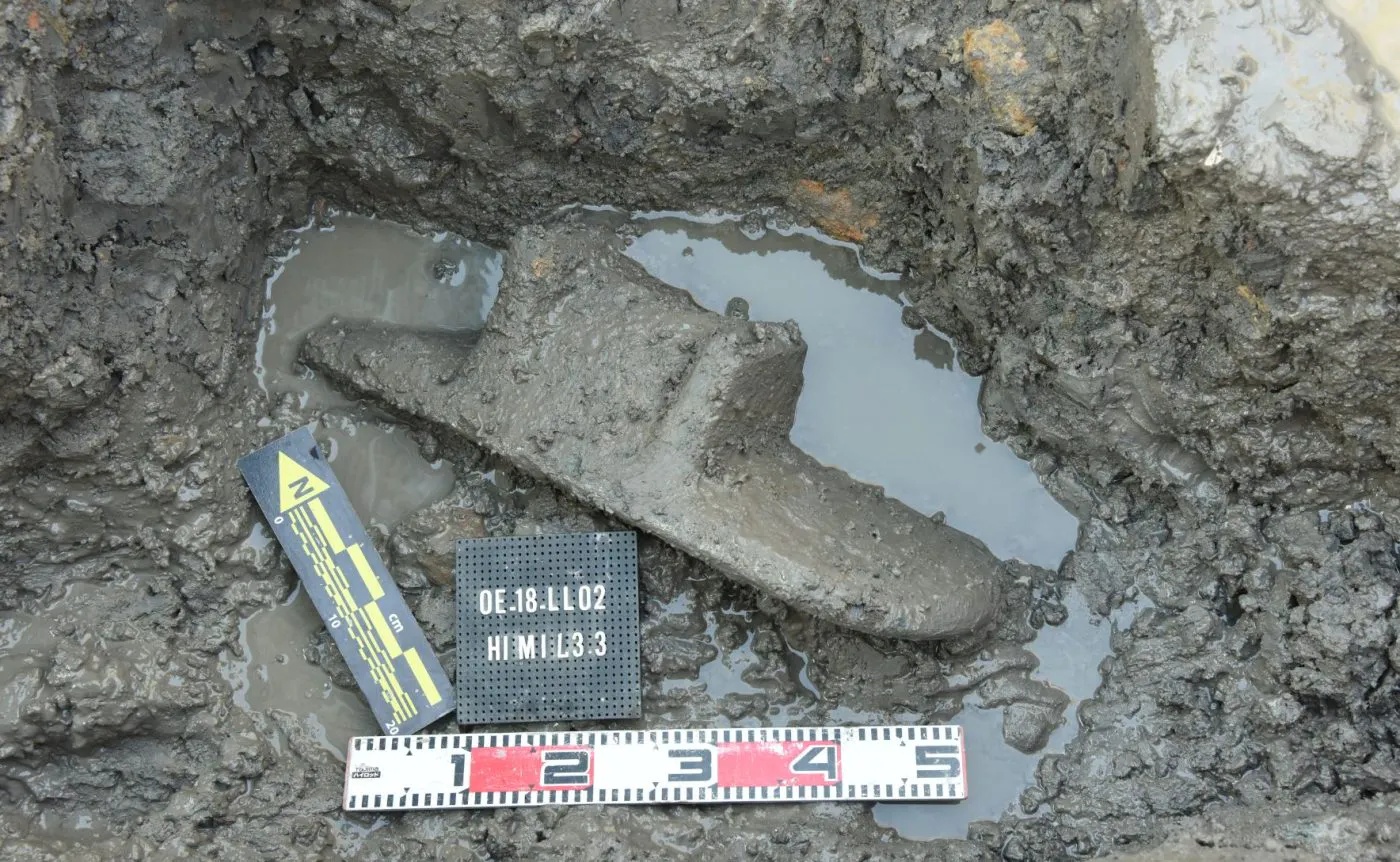
Sandstone grinding slab. Photo: Dr Khanh Trung Kien Nguyen
First author and ANU PhD candidate Weiwei Wang said it shines new light on the trade network of the time, as well as the role of spices in people’s daily lives.
“Our study suggests that curries were most likely introduced to Southeast Asia by migrants during the period of early trade contact via the Indian Ocean,” she said.
“Given these spices originated from various different locations, it’s clear people were undertaking long-distance journeys for trade purposes.
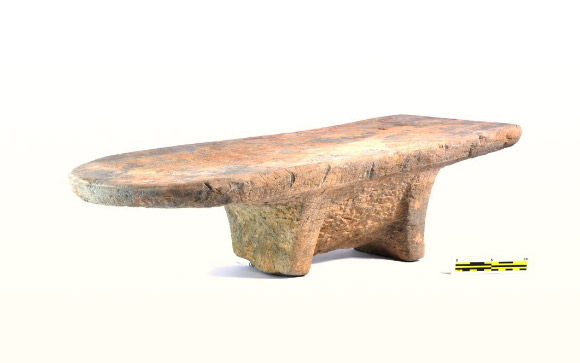
The footed grinding slab from the archaeological site of Oc Eo in Vietnam. Scale bar – 10 cm. Image credit: Wang et al
“The global spice trade has linked cultures and economies in Asia, Africa and Europe since classical times. Now we know the port city of Oc Eo played an important role in this trade as a cultural and trading crossroads.”
According to the study’s authors, it shows the significance of spices as coveted commodities in ancient civilisations.
As well as the micro-remains and stone tools, the team also excavated a significant number of well-preserved seeds.
“The preservation of plant remains in Oc Eo is exceptional – the seeds were so fresh it was hard to believe they were 2,000 years old,” Dr Hsiao-chun Hung from ANU said.

Tradition lives on for 2oo years:This photograph, shown at the Vienna Universal Exhibition of 1873, shows at left a woman crushing spices with a stone roller on a grinding slab similar to those from Oc Eo (but without separately carved feet). The woman at right is grinding ragi (finger millet of Late Harappan African origin), a grain cultivated as a food staple in Southern India, between two round millstones. Photo taken at Madras (Chennai) in Tamil Nadu by Nicholas and Curths in c. 1870, from the Archaeological Survey of India. Image credit: British Library Board.
“We believe further analysis could identify more spices and possibly even uncover unique plant species, adding to our understanding of the history of the region.”
And while families in modern-day Vietnam might have the option of turning to store-bought curry powder, the researchers say otherwise the key ingredients have not changed much since ancient times.
“The spices used today have not deviated significantly from the Oc Eo period,” Dr Khanh Trung Kien Nguyen from the Southern Institute for Social Sciences in Vietnam said.
“The key components are all still there, such as turmeric, cloves and cinnamon.”
The research has been published in Science Advances.
Source: anu.edu.au







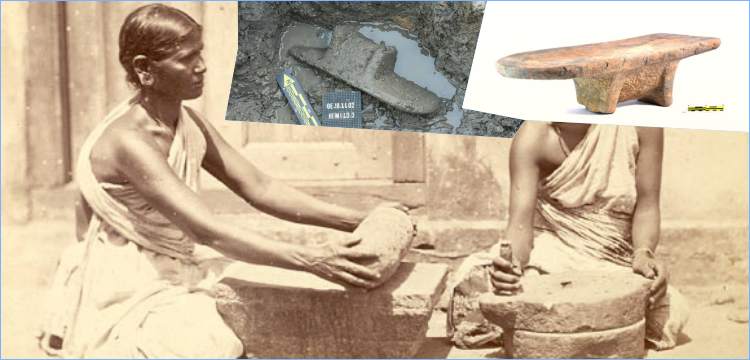
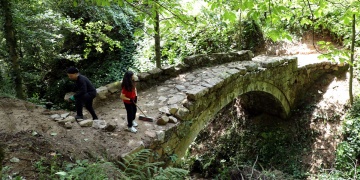 Ressam Serdar Abay, tarihi kemer köprüdeki yabani otları kızıyla temizledi
Ressam Serdar Abay, tarihi kemer köprüdeki yabani otları kızıyla temizledi  Archaeologists have discoveried a crusader altar in the Church of the Holy Sepulchre
Archaeologists have discoveried a crusader altar in the Church of the Holy Sepulchre  Komodo ejderinin demir dişli olduğu anlaşıldı
Komodo ejderinin demir dişli olduğu anlaşıldı 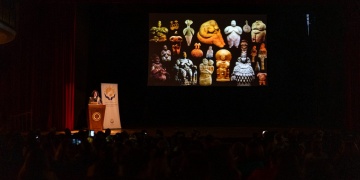 Doğa Taşlardan, Anadolu Tanrıçaları'ndan sonra Anadolu Bacılarının öykülerini anlatacak
Doğa Taşlardan, Anadolu Tanrıçaları'ndan sonra Anadolu Bacılarının öykülerini anlatacak 




